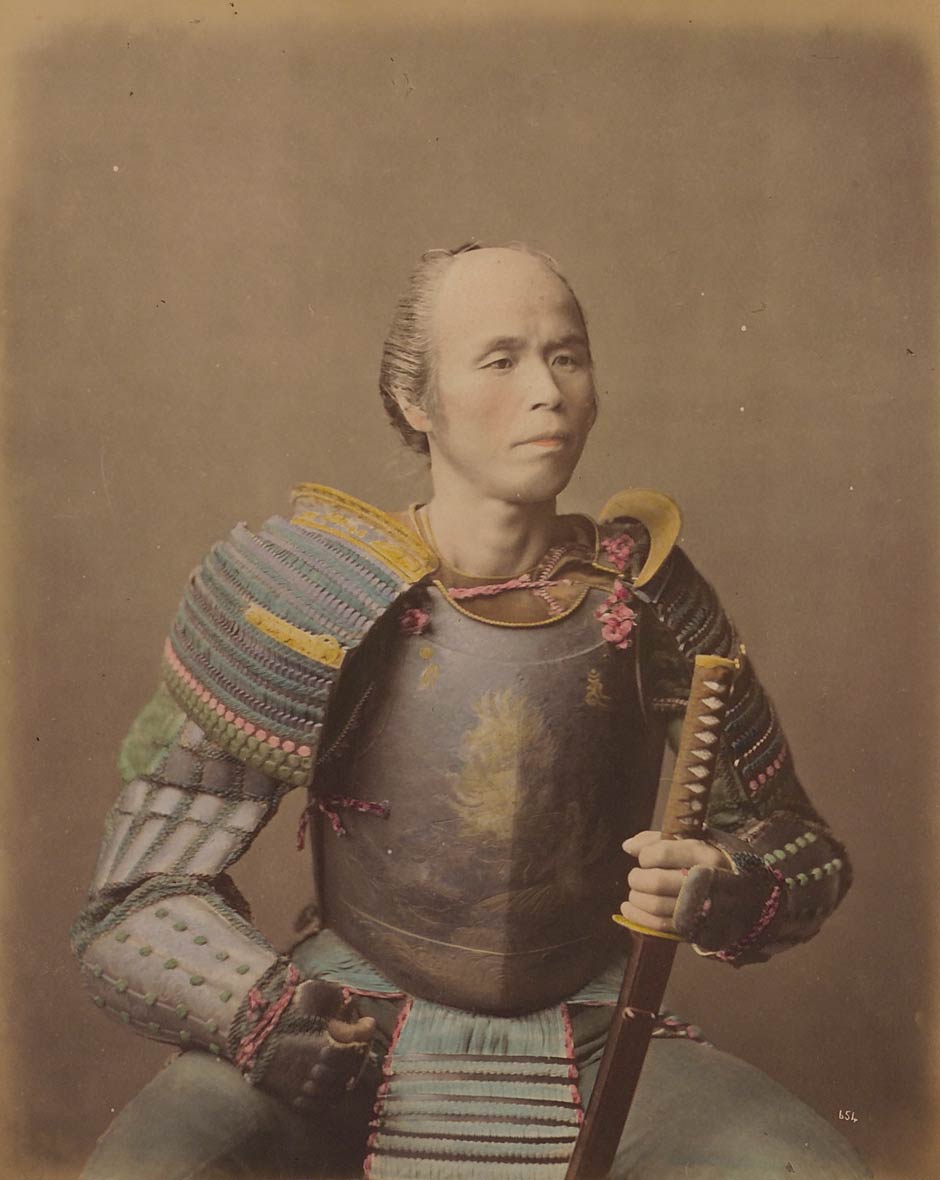The image above is subject to copyright.
Copyrights for Photographic Reproduction
Les feuillets numérisés des registres d'inventaires historiques sont soumise à un copyright.
Droits de reproduction photographique
 Copie dactylographiée en 13 volumes de l'Inventaire original MEG manuscrit
Copie dactylographiée en 13 volumes de l'Inventaire original MEG manuscrit
Registres_inventaire_dactylographie/751.pdf
 Registre d'inventaire original - non indexé
Registre d'inventaire original - non indexé
Registres_inventaire_original/Registre_06_016639_019251.pdf
Unlike China, Japan has always had only one imperial dynasty, which continues today. Its legitimacy stems from the uninterrupted succession of emperors, which mythology traces back to the sun goddess, Amaterasu. But from the 12th to the 19th centuries, real power was wielded by military juntas, directed by a commander-in-chief (shōgun) and based successively in Kamakura, Kyōto (Muromachi) and Edo (Tōkyō). The feudal period saw the rise of the military class (samurai 侍) attached to various local lords (daimyo 大名).

Samurai in armour, Views & Costumes of Japan, by Stillfried & Andersen, Yokohama, around 1870. Alfred Bertrand collection © MEG Inv. ETHPH 411917
© 2021 Musée d'ethnographie, Genève